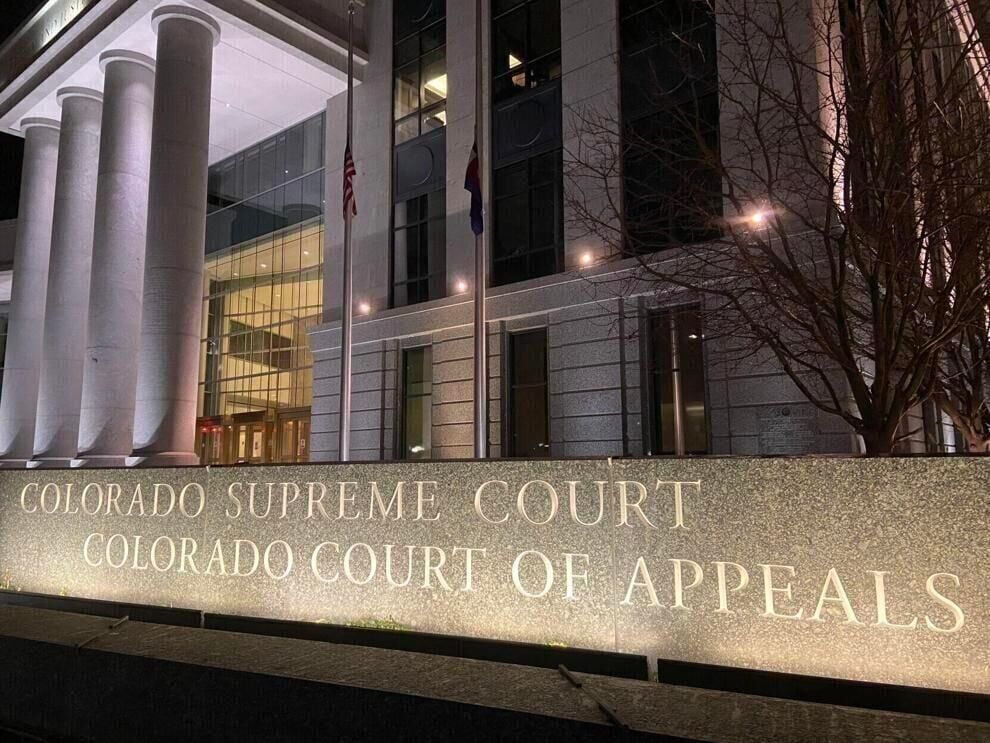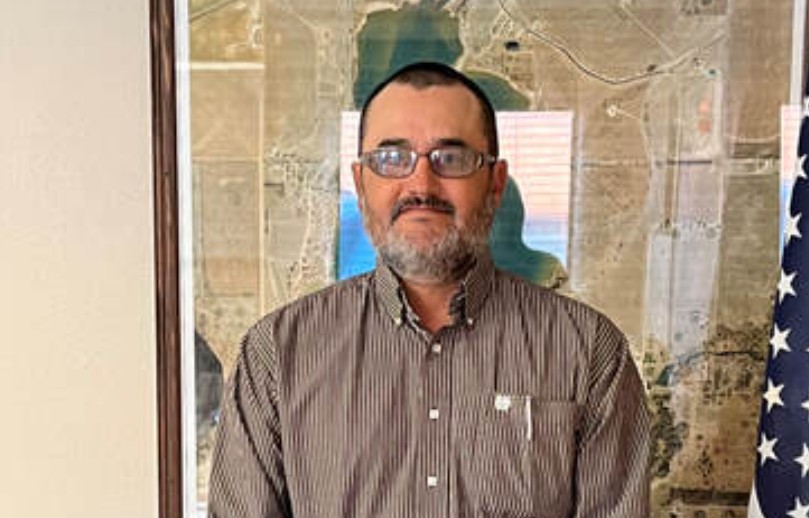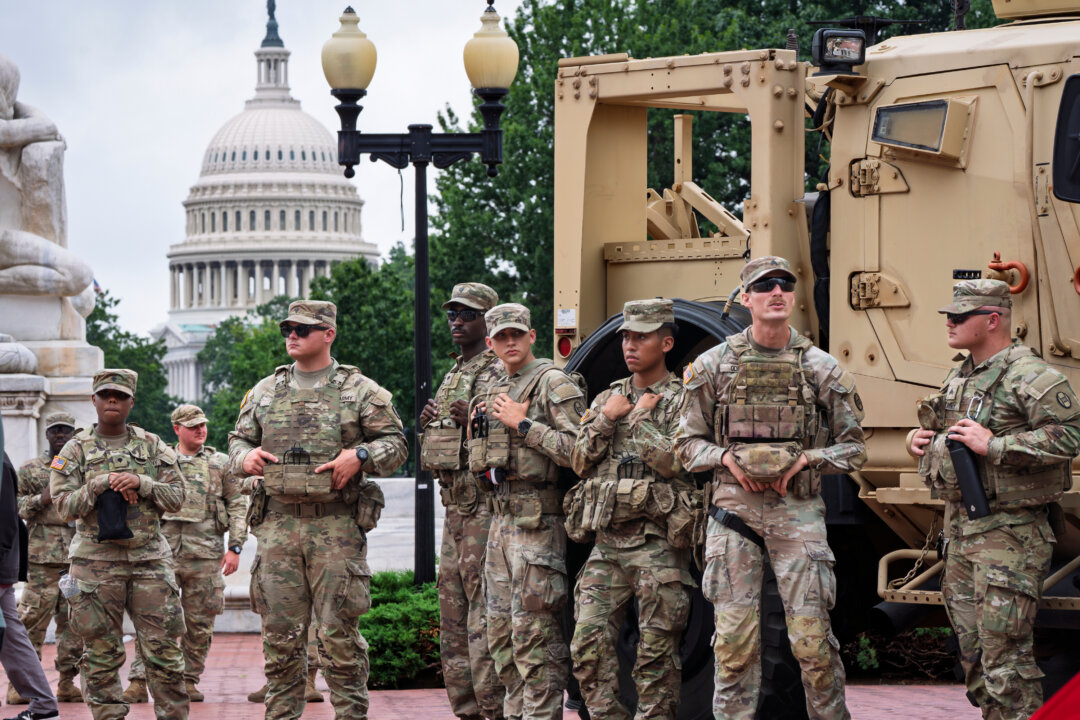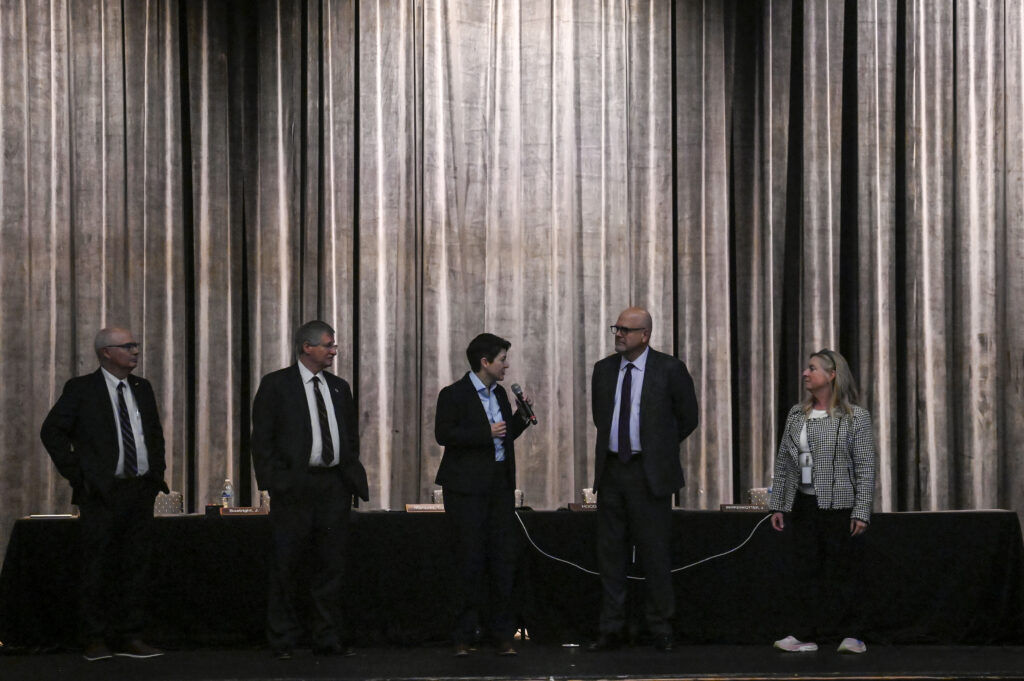The Wire whitewashes crimes of slain Maoist Madvi Hidma, calls him a ‘hero of the masses’: Here is all you need to know about the domestic terrorist
After the security forces neutralised the dreaded Maoist leader Madvi Hidma during a gunfight in Andhra Pradesh’s Alluri Sitarama Raju district on 18th November, the Wire, quite expectedly, was quick to whitewash the Naxal terrorist’s criminal past and paint him as the “hero of the masses”. Along with Hidma, security forces also eliminated 6 other Naxals, including his wife Madakam Raje. Hidma was a ruthless Naxal, who was associated with some of the most brutal attacks in the history of Left Wing violence. However, for the leftist portal, The Wire, facts fade into the narrative. Two days after the encounter killing of Hidma, The Wire published an article eulogising the Naxal leader who had the blood of several Indian security personnel on his hands. “The tribal man was the most wanted Naxalite in police records, but to the common people, he was a hero, having taken up arms to defend his land, water, and forests,” The Wire wrote, introducing Hidma in the article titled, “Most wanted or tribal hero? Crowds gather for the funeral of Maoist leader Madvi Hidma”. Screenshot of the article (via The Wire) The Wire, which conveniently omits to present the pain of the families of the security personnel killed in Naxal attacks, mentions how Hidma’s mother and other people from his native village mourned his death. “In a video viral on social media, in a small hut, reportedly Hidma’s home, his mother, Madvi Pojje, is sobbing, clutching her head. Several other women are sitting with her and crying. The entire village is mourning Hidma’s death. Women from the village are coming to his home to join in the mourning,” states the article in an attempt to garner public sympathy on the death of a terrorist, who ruined many families. To further peddle its pro-Maoist propaganda, The Wire refers to an interview by the Bastar Junction, which showed some tribals, claimed to be locals from Hidma’s village, grieving his death. Speaking on camera, the villagers said that Hidma was not only ‘good’ towards the village but also for the entire country. The statement, clearly made in ignorance by the locals, is presented as the truth by the Wire. Ironically, the visuals of mud houses and unpaved roads laid bare the truth of the claim about the ‘goodness’ of the Naxal leader, and the Maoist ideology, which has deprived the people and the place of any kind of development for decades. The article then refers to another statement of the villagers, who claimed that Hidma was not killed in an encounter but in custody. It further quotes the so-called tribal activists, Soni Sori and Degree Prasad Chauhan. While Sori termed the Hidma’s killing a “murder”, Chauhan absolved Hidma of his sinister life by referring to him as an “innocent Adivasi”. However, no amount of misleading portrayals of a relentless Naxal or peddling of lies by The Wire or the ‘tribal activists’ can change the truth that Left Wing extremism ruined the areas it controlled and deprived the tribal people of basic development and dignity. Who was Madvi Hidma? Madvi Hidma was born in 1981 in Sukma, then part of Madhya Pradesh. He joined the Maoist cadres as a teenager and rose through the ranks to head a battalion of the People’s Liberation Guerrilla Army (PLGA). His efficiency and intimate knowledge of the Bastar forest region earned him a place on the CPI (Maoist) Central Committee. He became the youngest and the only tribal leader from Bastar on the organisation’s apex body. Hidma was behind some of the most barbaric Maoist attacks in recent history, including the 2010 Dantewada massacre in which 76 CRPF personnel were killed, the 2013 Jhiram Ghati ambush that claimed 27 lives, including several senior Congress leaders, and the 2021 Sukma–Bijapur attack where 22 security personnel were gunned down. Security officials say these high-casualty strikes showcased Hidma’s operational expertise, his mastery over guerrilla warfare, and his ability to command large rebel units across the dense forests of Bastar. Hidma’s name is now among the list of Maoist leaders killed by the security forces over the last couple of years under an extensive anti-Naxal operation. With the Maoist leadership nearly wiped out, a large number of Maoist cadres are laying down weapons to join the mainstream. The Modi government’s commitment to completely eradicating Naxalism from the country is showing positive results.



After the security forces neutralised the dreaded Maoist leader Madvi Hidma during a gunfight in Andhra Pradesh’s Alluri Sitarama Raju district on 18th November, the Wire, quite expectedly, was quick to whitewash the Naxal terrorist’s criminal past and paint him as the “hero of the masses”. Along with Hidma, security forces also eliminated 6 other Naxals, including his wife Madakam Raje.
Hidma was a ruthless Naxal, who was associated with some of the most brutal attacks in the history of Left Wing violence. However, for the leftist portal, The Wire, facts fade into the narrative. Two days after the encounter killing of Hidma, The Wire published an article eulogising the Naxal leader who had the blood of several Indian security personnel on his hands. “The tribal man was the most wanted Naxalite in police records, but to the common people, he was a hero, having taken up arms to defend his land, water, and forests,” The Wire wrote, introducing Hidma in the article titled, “Most wanted or tribal hero? Crowds gather for the funeral of Maoist leader Madvi Hidma”.

The Wire, which conveniently omits to present the pain of the families of the security personnel killed in Naxal attacks, mentions how Hidma’s mother and other people from his native village mourned his death. “In a video viral on social media, in a small hut, reportedly Hidma’s home, his mother, Madvi Pojje, is sobbing, clutching her head. Several other women are sitting with her and crying. The entire village is mourning Hidma’s death. Women from the village are coming to his home to join in the mourning,” states the article in an attempt to garner public sympathy on the death of a terrorist, who ruined many families.
To further peddle its pro-Maoist propaganda, The Wire refers to an interview by the Bastar Junction, which showed some tribals, claimed to be locals from Hidma’s village, grieving his death. Speaking on camera, the villagers said that Hidma was not only ‘good’ towards the village but also for the entire country. The statement, clearly made in ignorance by the locals, is presented as the truth by the Wire. Ironically, the visuals of mud houses and unpaved roads laid bare the truth of the claim about the ‘goodness’ of the Naxal leader, and the Maoist ideology, which has deprived the people and the place of any kind of development for decades.
The article then refers to another statement of the villagers, who claimed that Hidma was not killed in an encounter but in custody. It further quotes the so-called tribal activists, Soni Sori and Degree Prasad Chauhan. While Sori termed the Hidma’s killing a “murder”, Chauhan absolved Hidma of his sinister life by referring to him as an “innocent Adivasi”. However, no amount of misleading portrayals of a relentless Naxal or peddling of lies by The Wire or the ‘tribal activists’ can change the truth that Left Wing extremism ruined the areas it controlled and deprived the tribal people of basic development and dignity.
Who was Madvi Hidma?
Madvi Hidma was born in 1981 in Sukma, then part of Madhya Pradesh. He joined the Maoist cadres as a teenager and rose through the ranks to head a battalion of the People’s Liberation Guerrilla Army (PLGA). His efficiency and intimate knowledge of the Bastar forest region earned him a place on the CPI (Maoist) Central Committee. He became the youngest and the only tribal leader from Bastar on the organisation’s apex body.
Hidma was behind some of the most barbaric Maoist attacks in recent history, including the 2010 Dantewada massacre in which 76 CRPF personnel were killed, the 2013 Jhiram Ghati ambush that claimed 27 lives, including several senior Congress leaders, and the 2021 Sukma–Bijapur attack where 22 security personnel were gunned down. Security officials say these high-casualty strikes showcased Hidma’s operational expertise, his mastery over guerrilla warfare, and his ability to command large rebel units across the dense forests of Bastar.
Hidma’s name is now among the list of Maoist leaders killed by the security forces over the last couple of years under an extensive anti-Naxal operation. With the Maoist leadership nearly wiped out, a large number of Maoist cadres are laying down weapons to join the mainstream. The Modi government’s commitment to completely eradicating Naxalism from the country is showing positive results.




































































